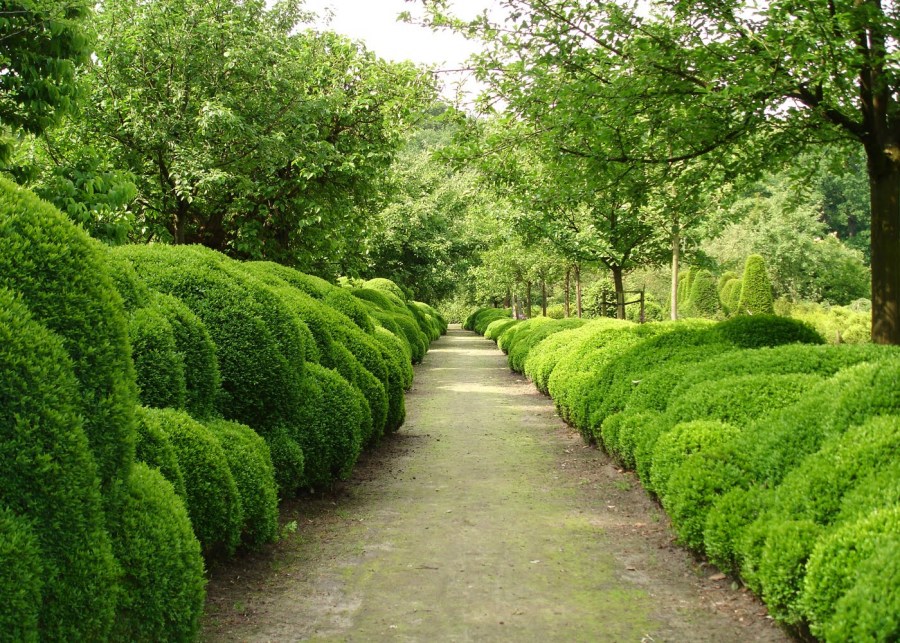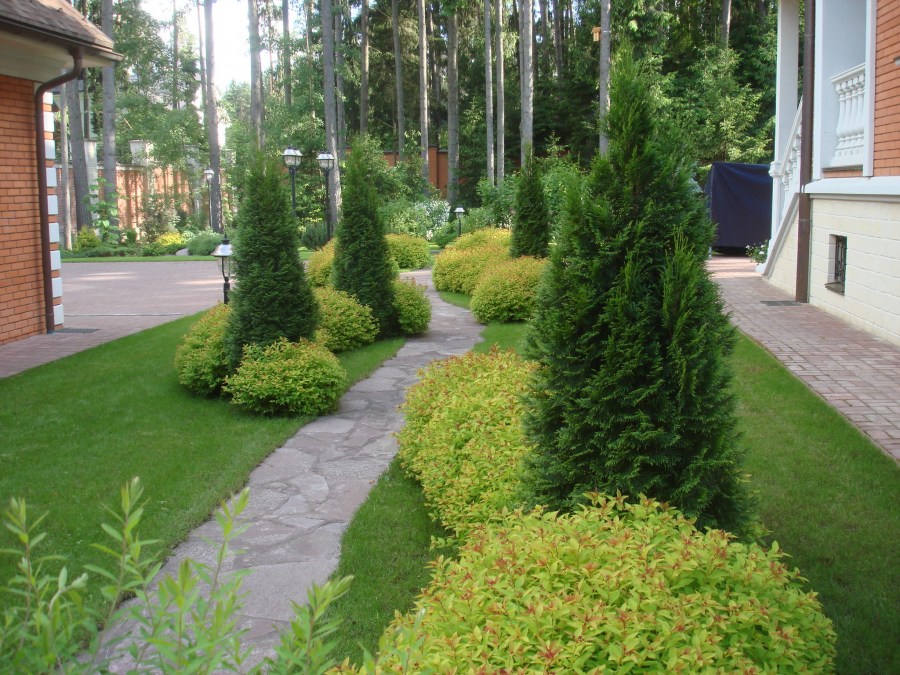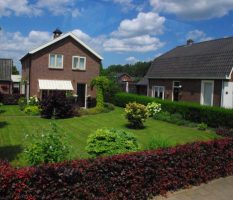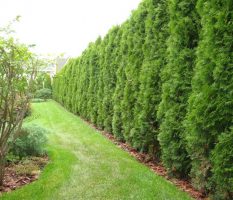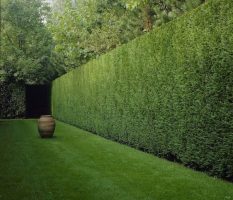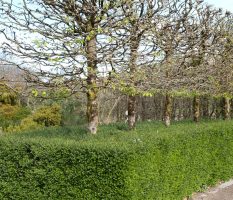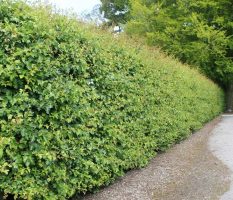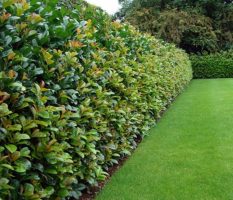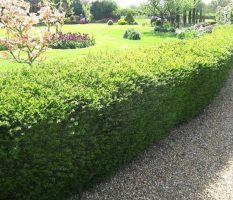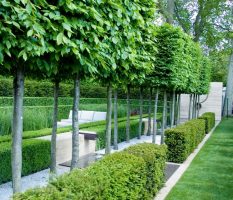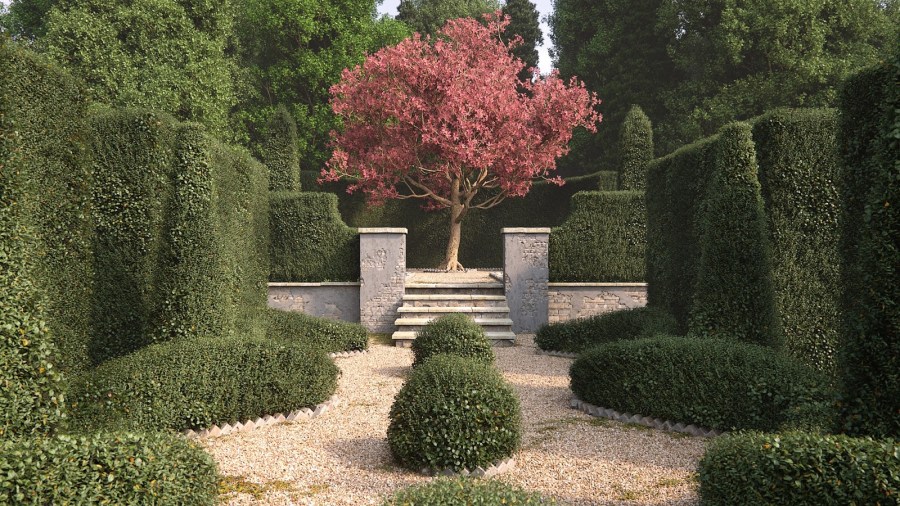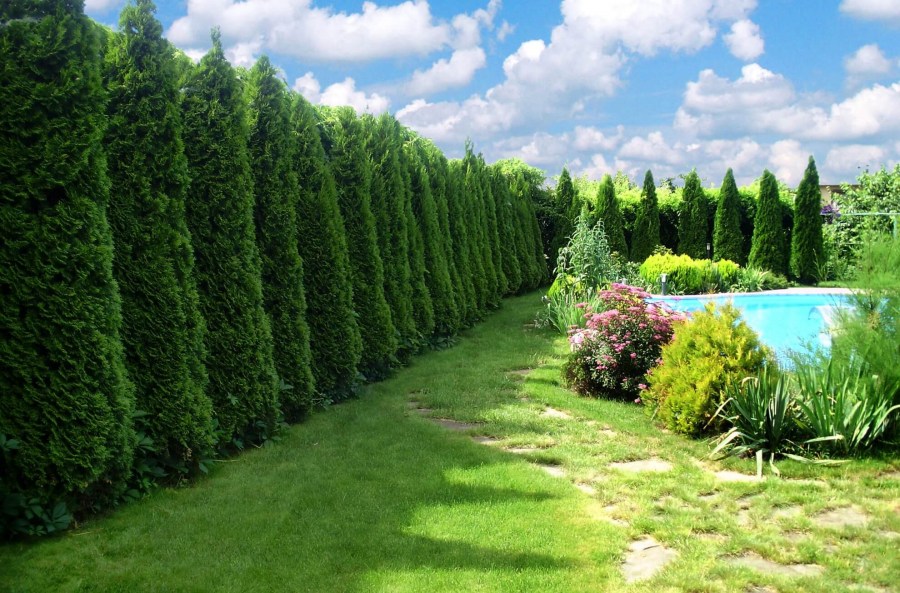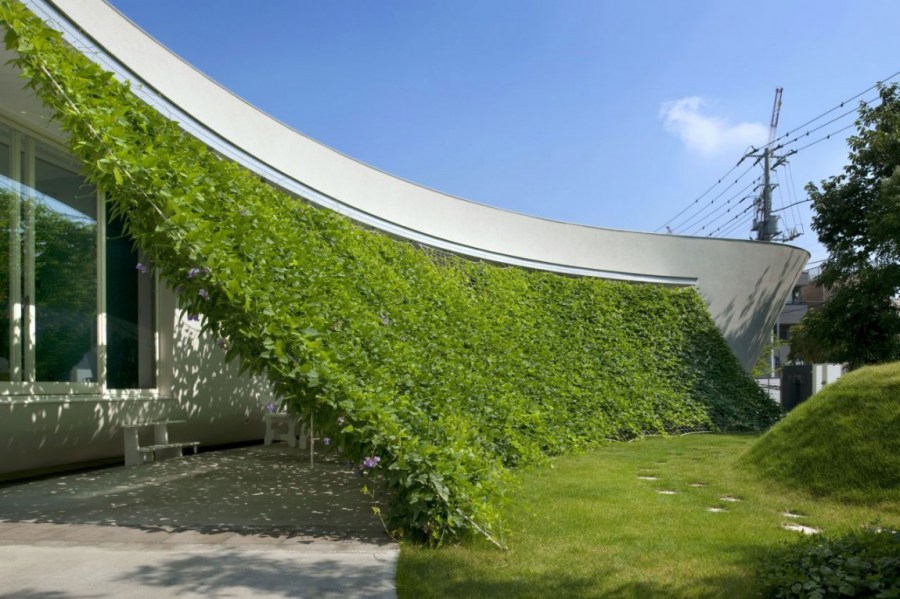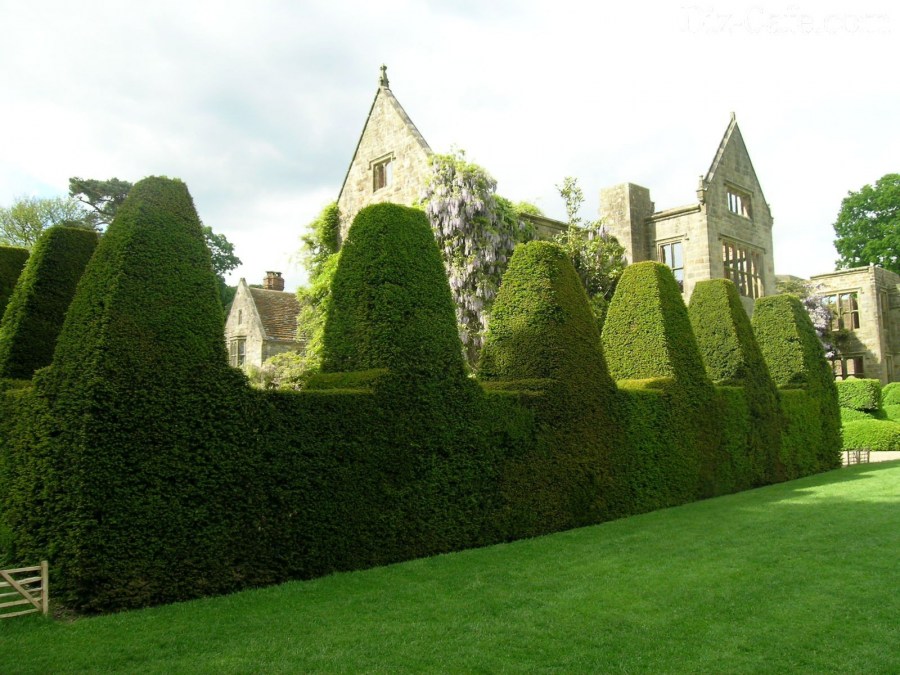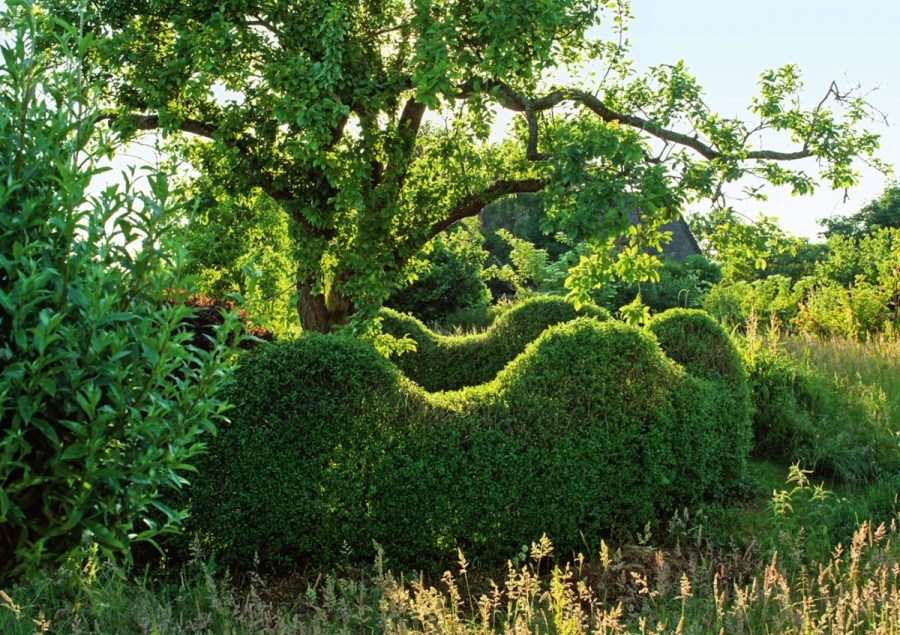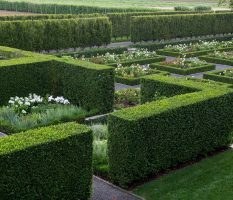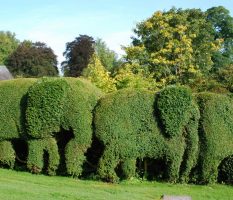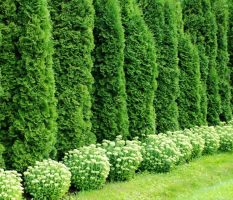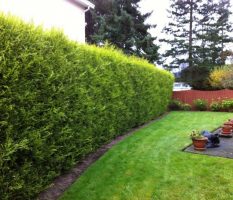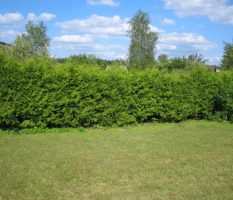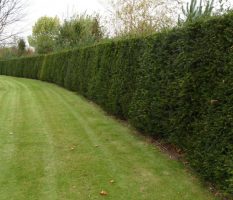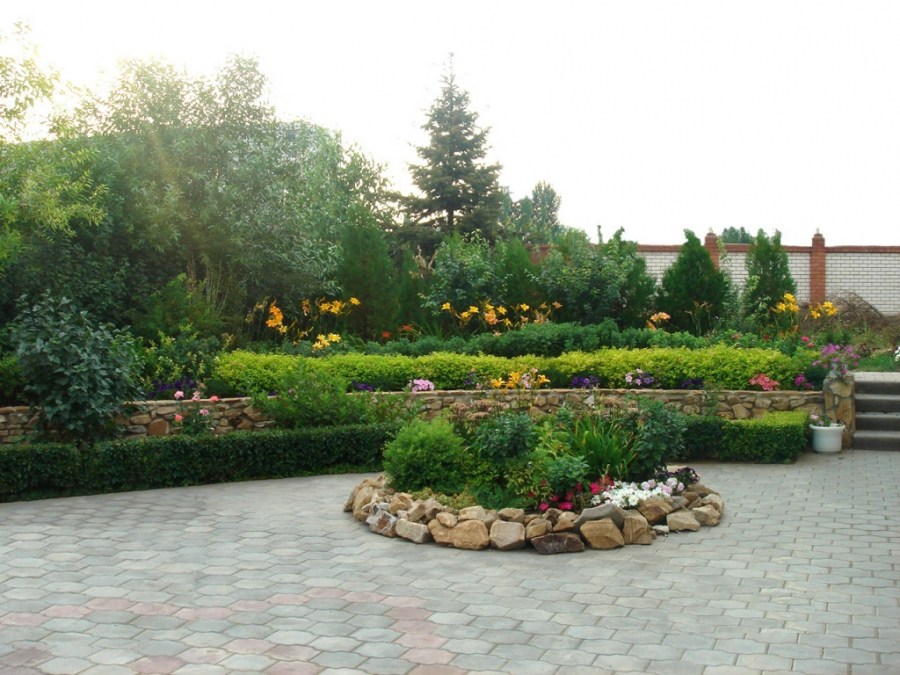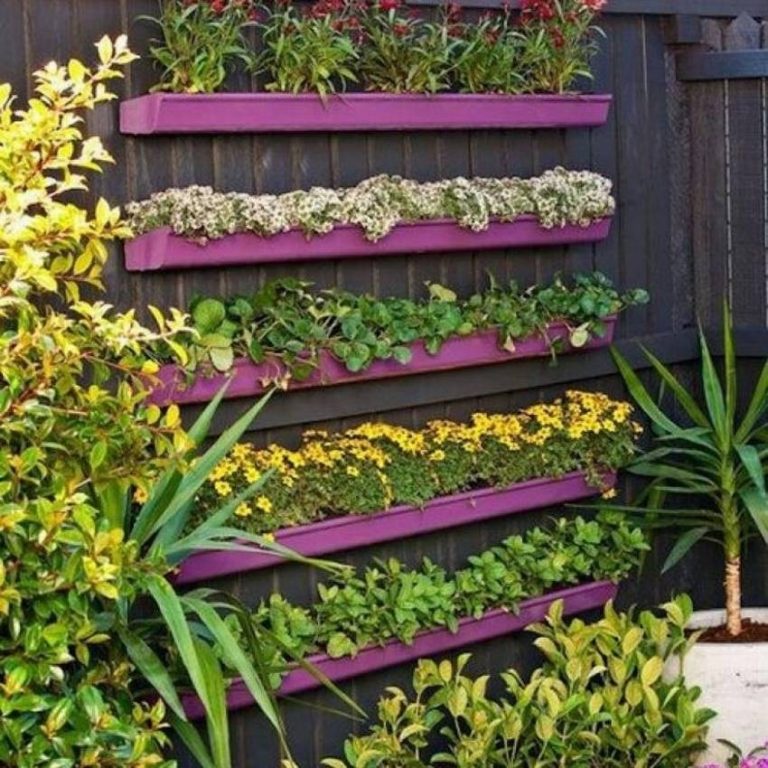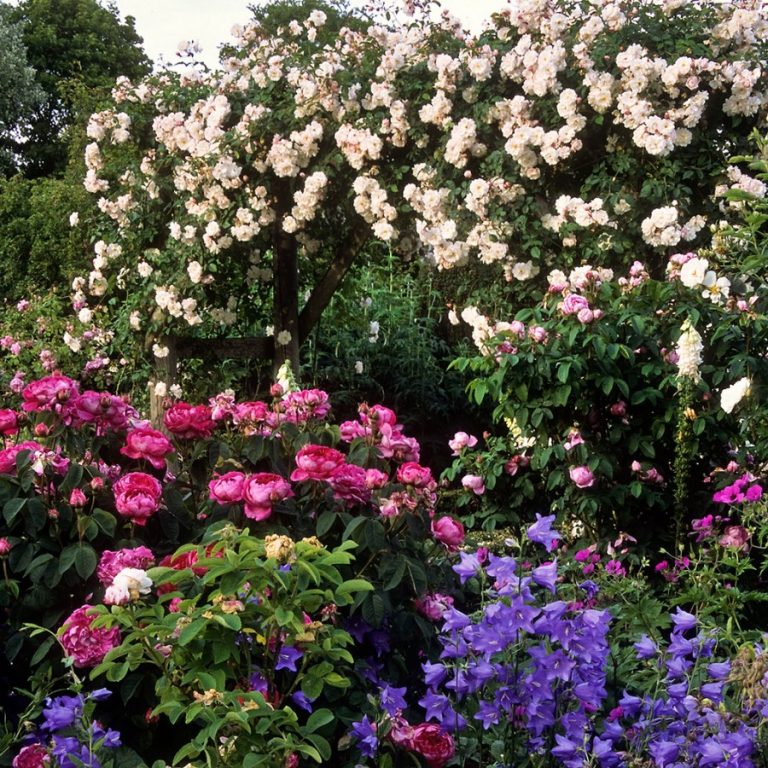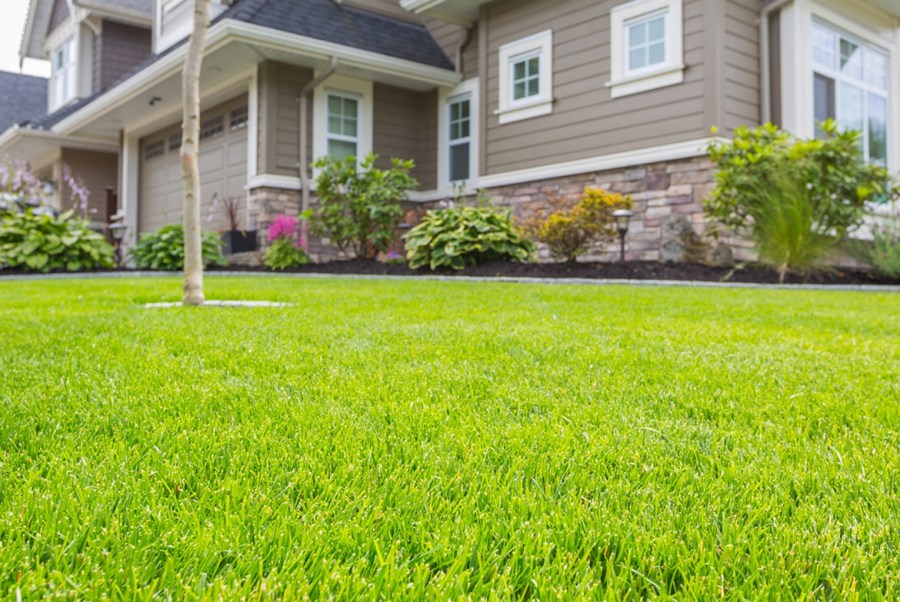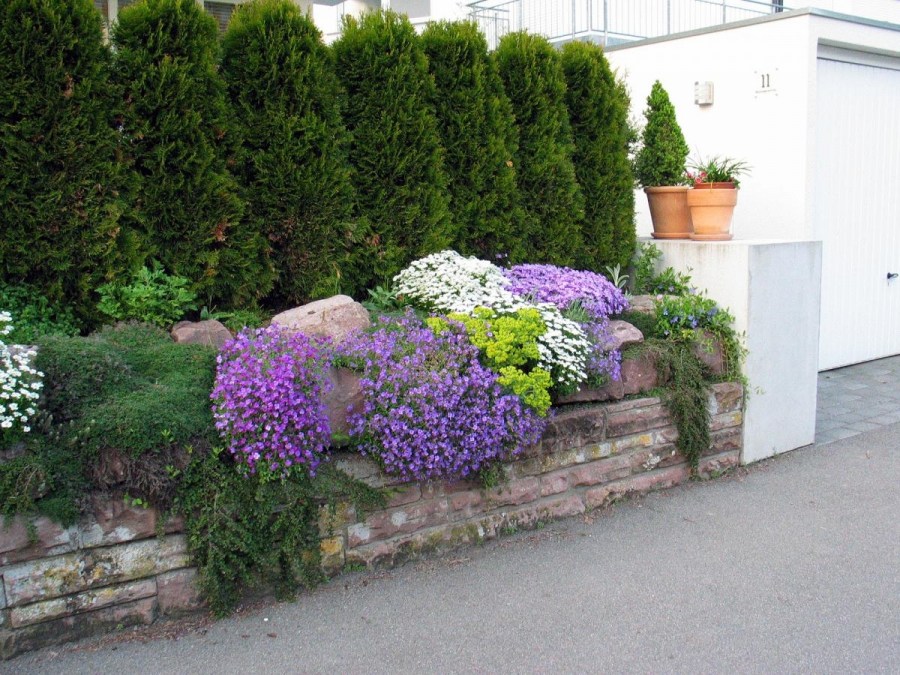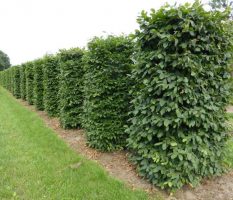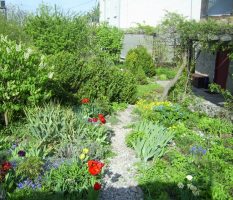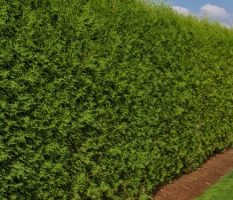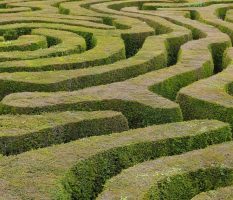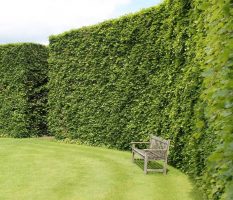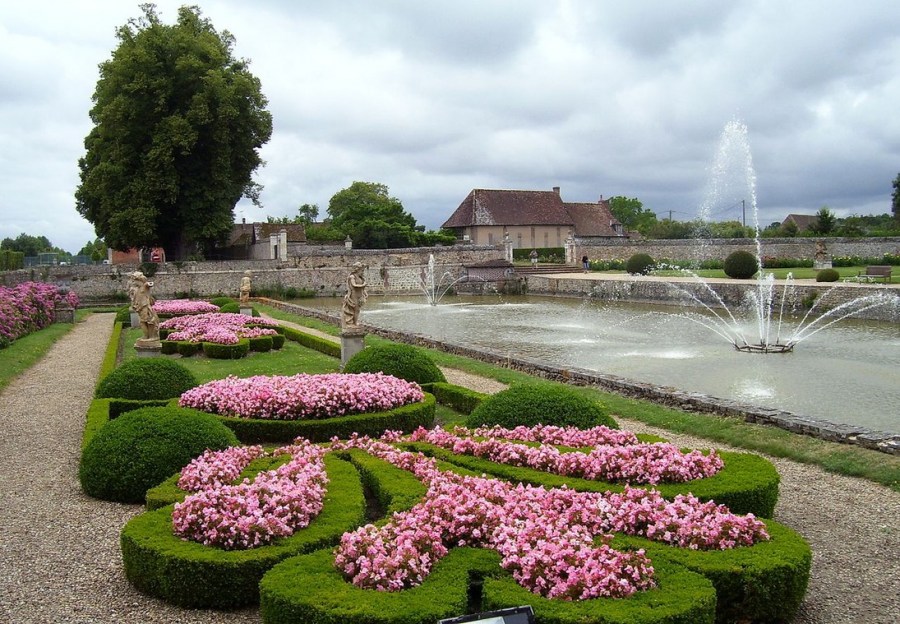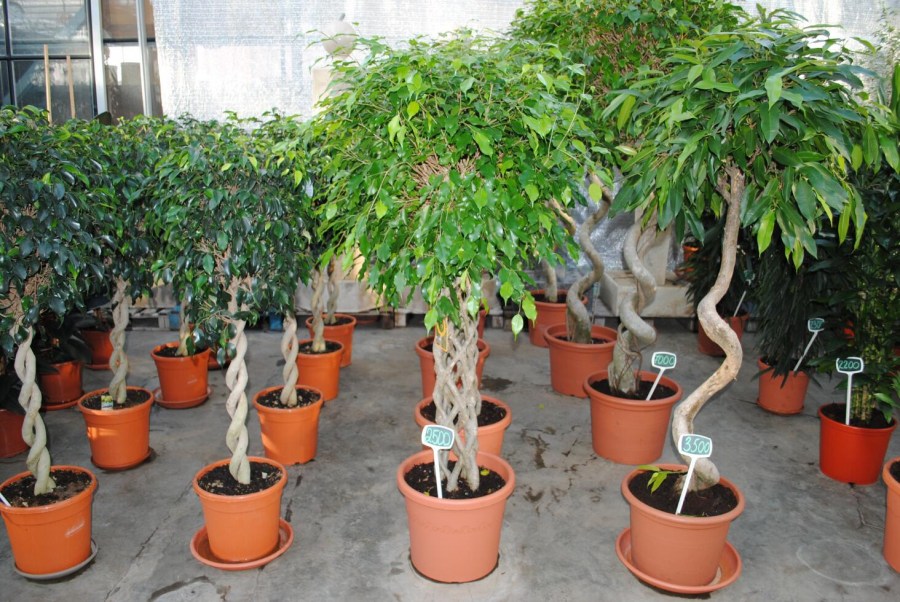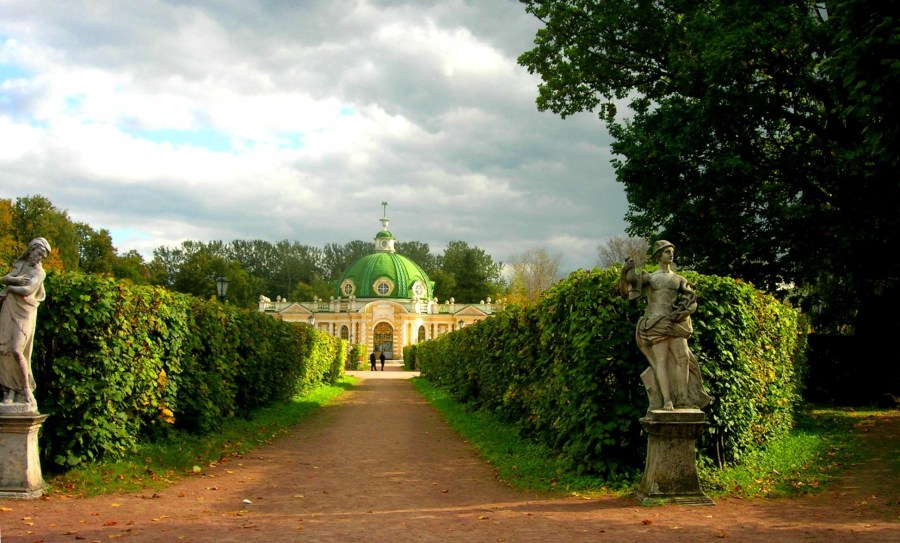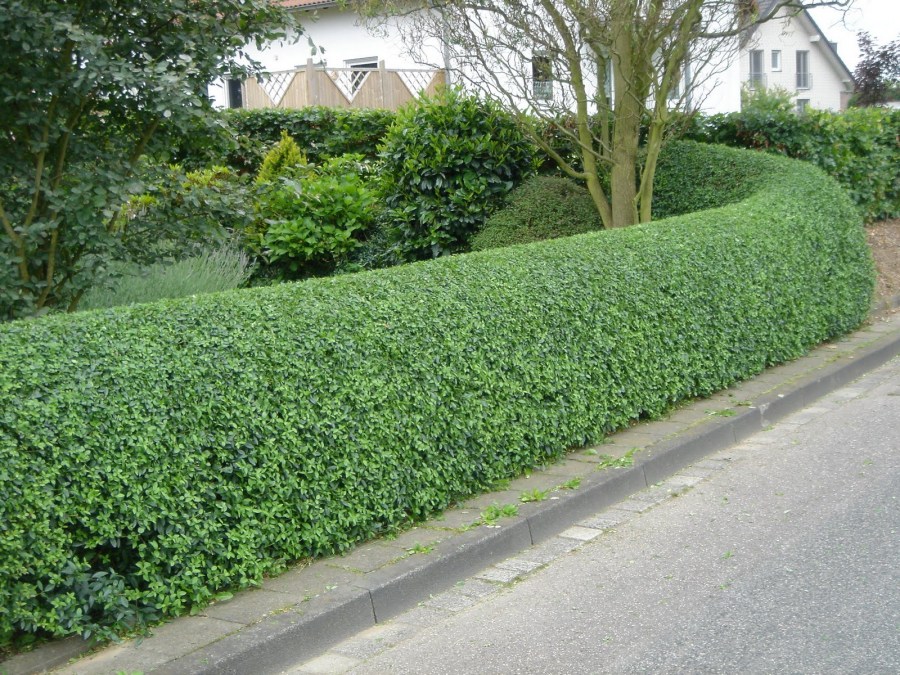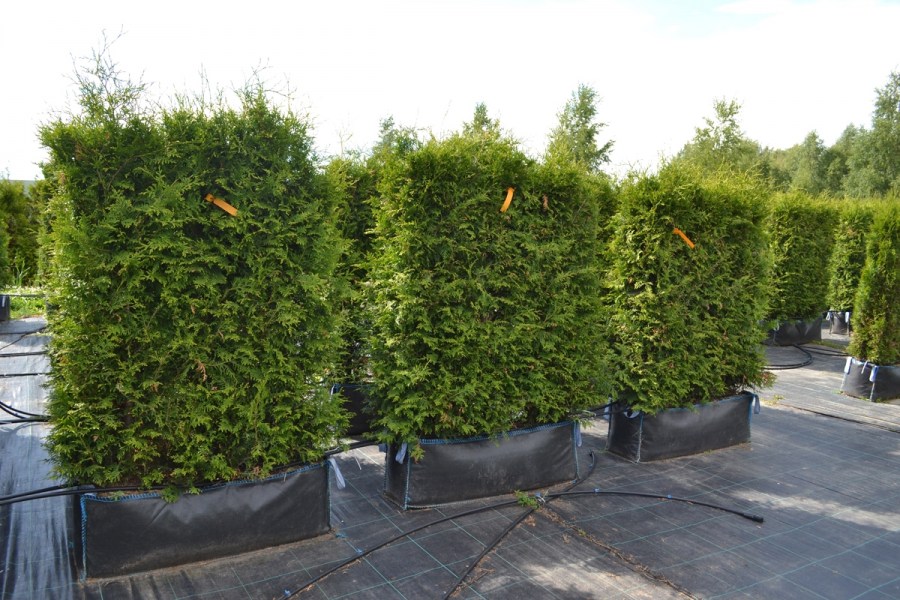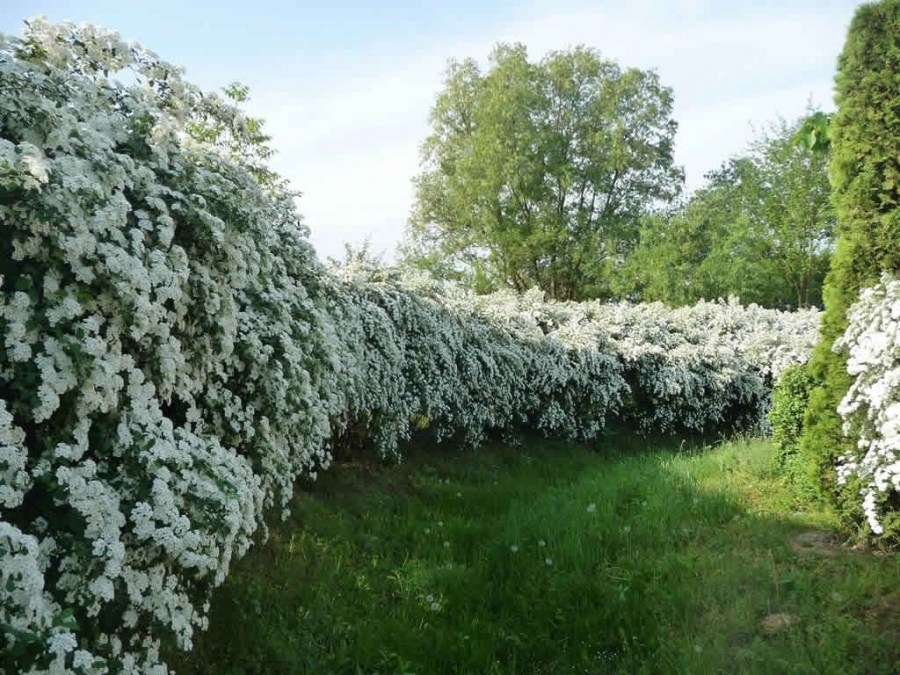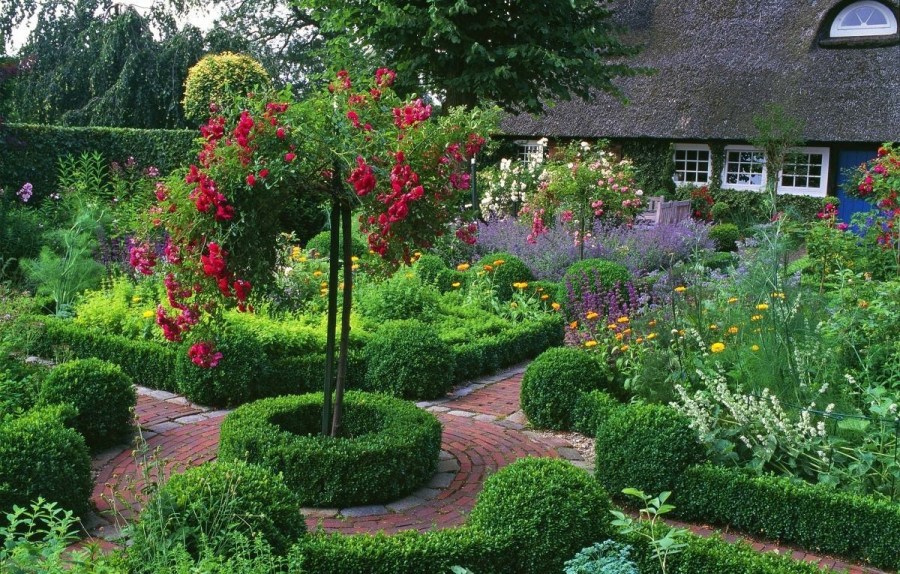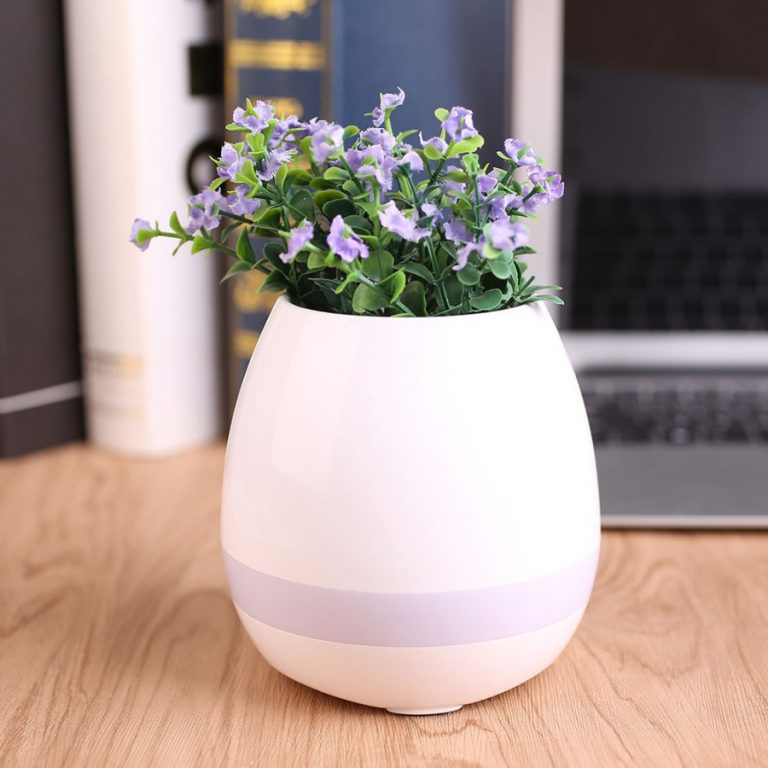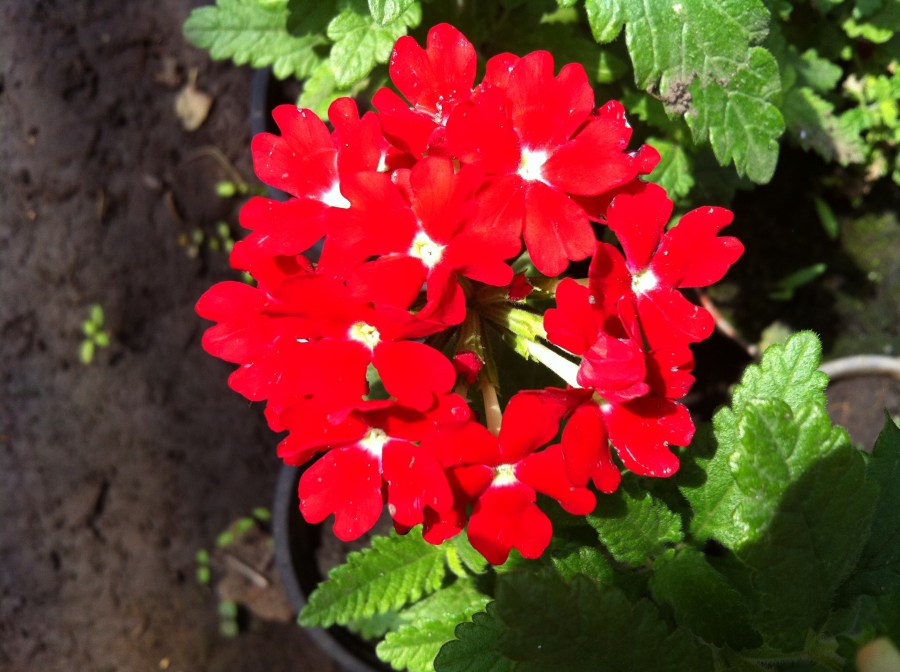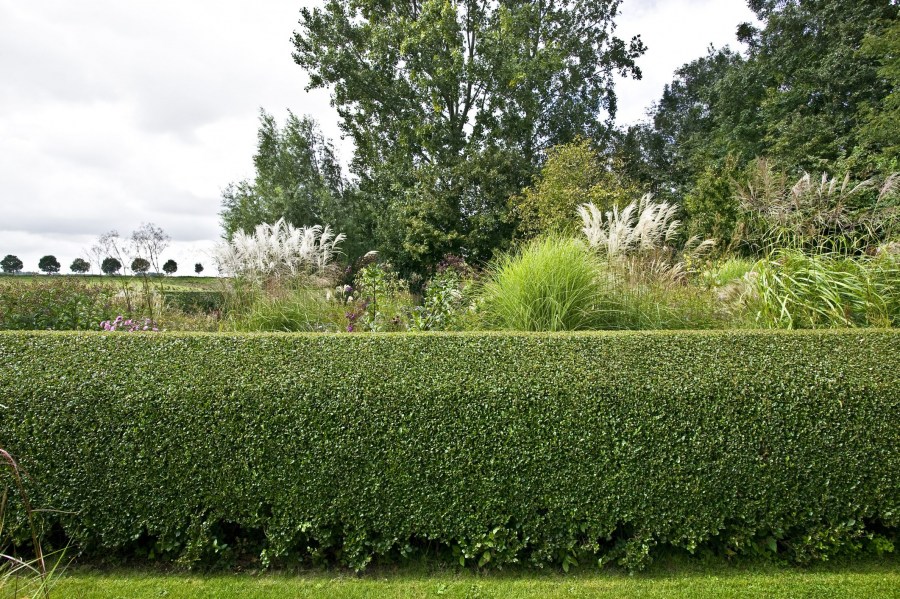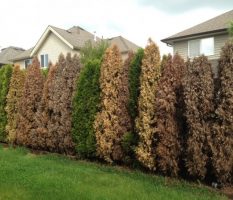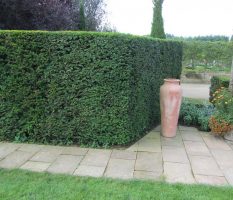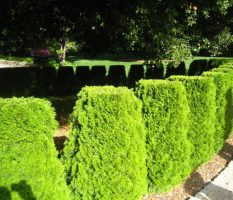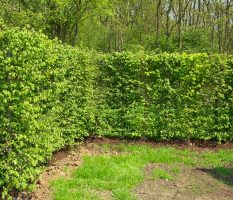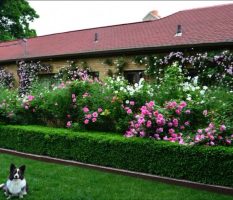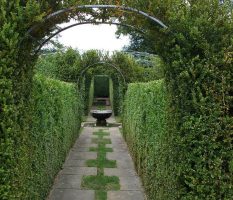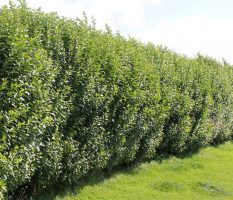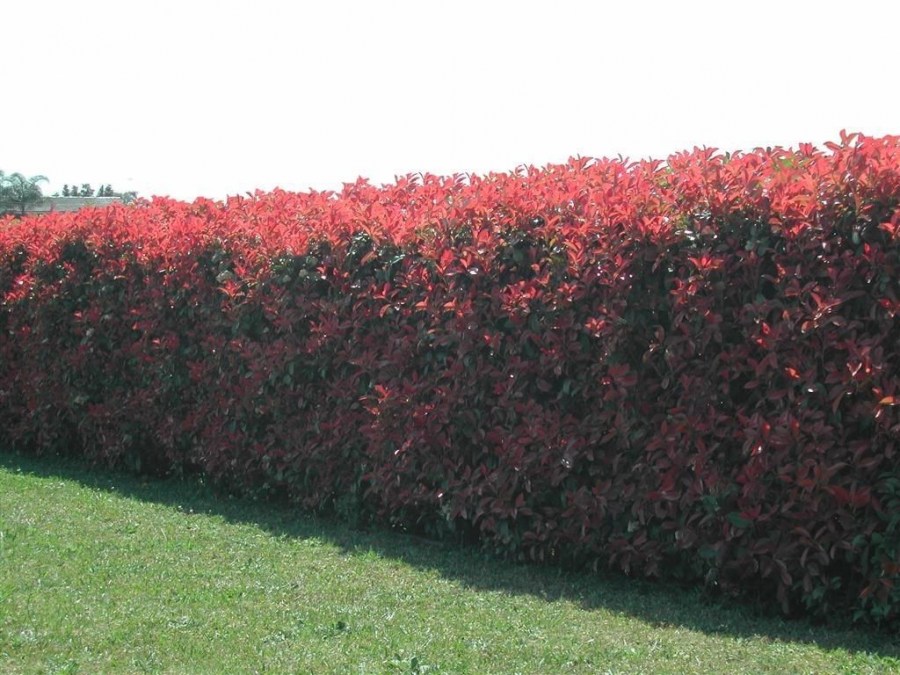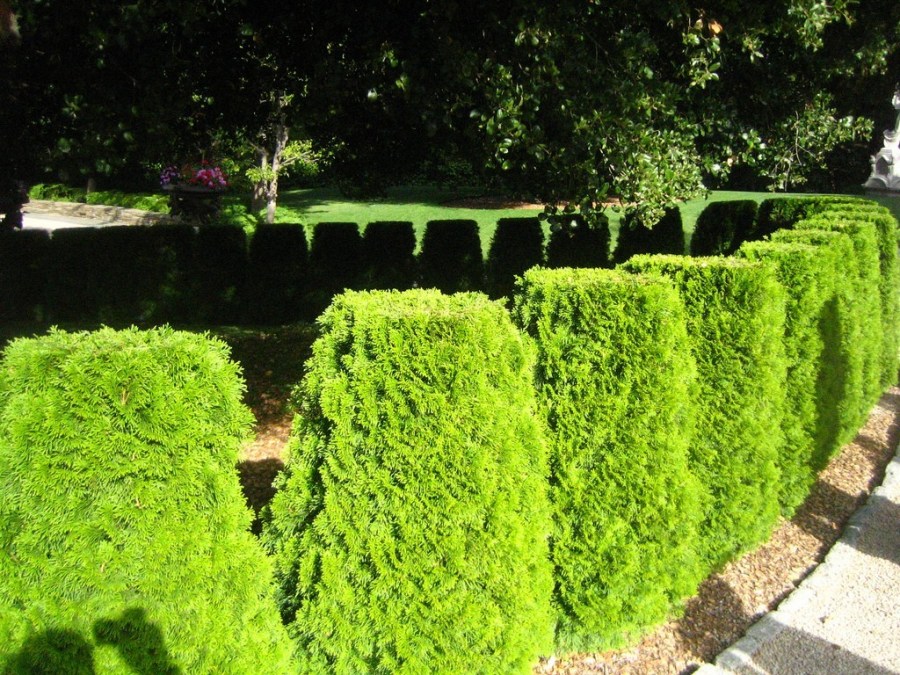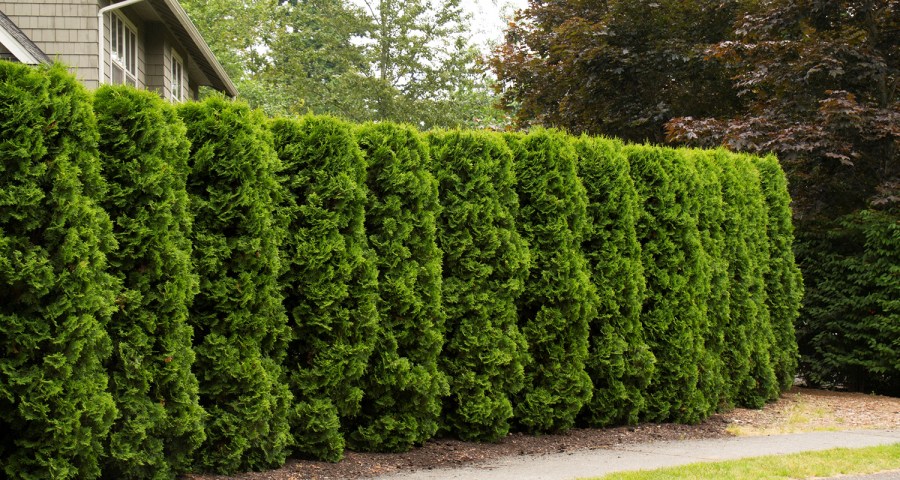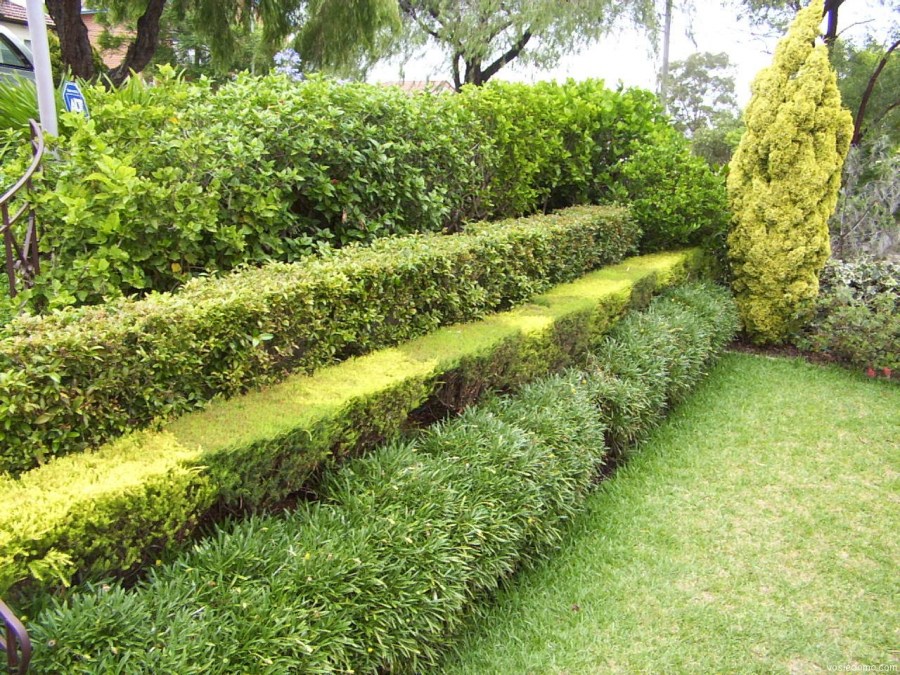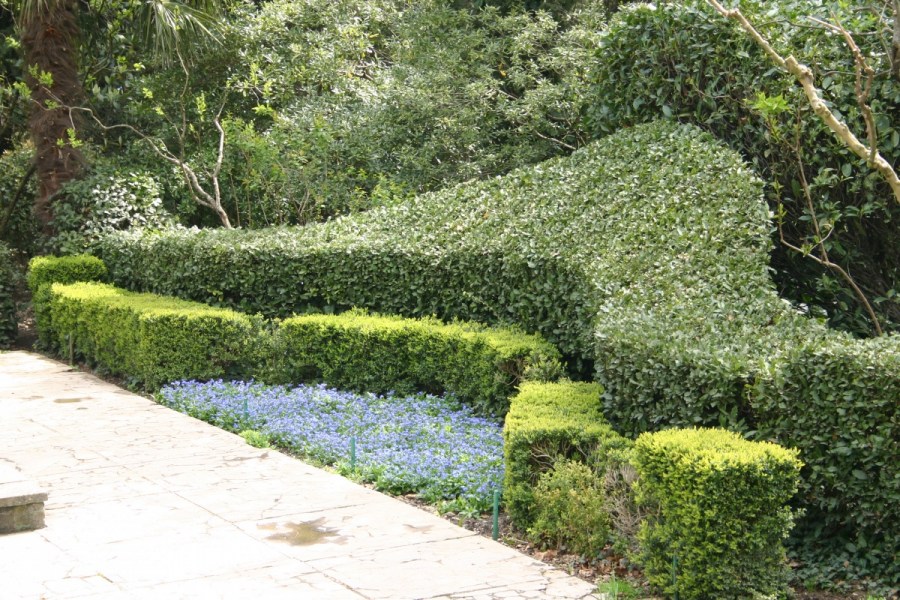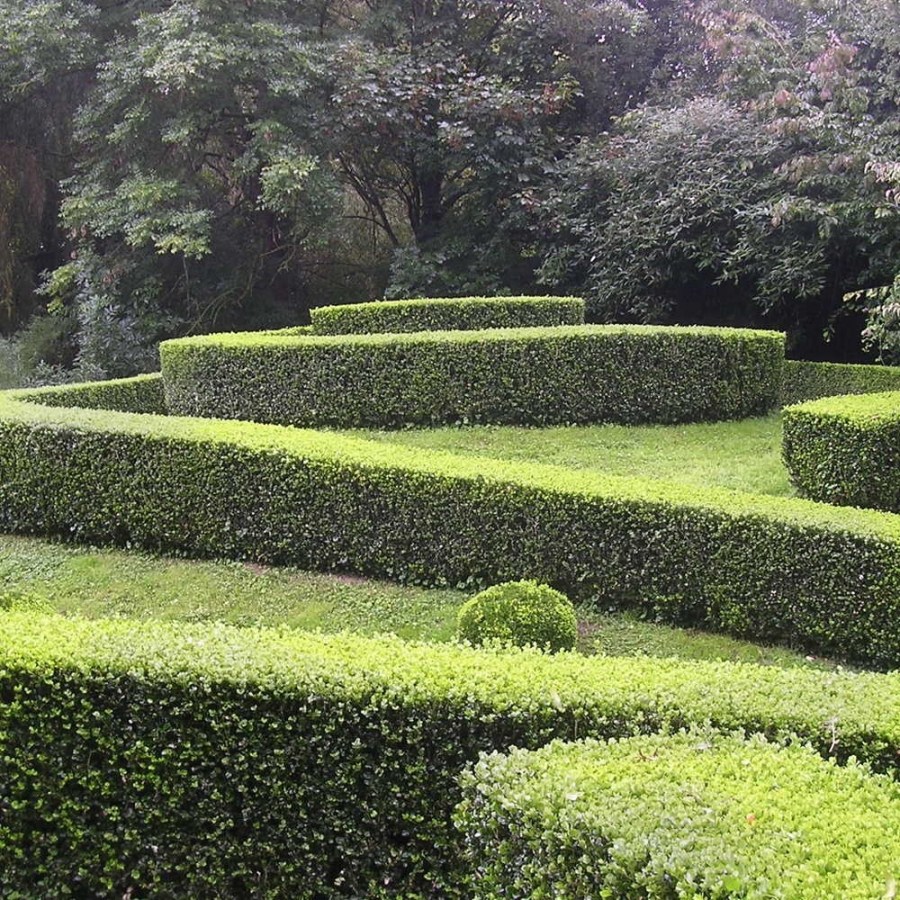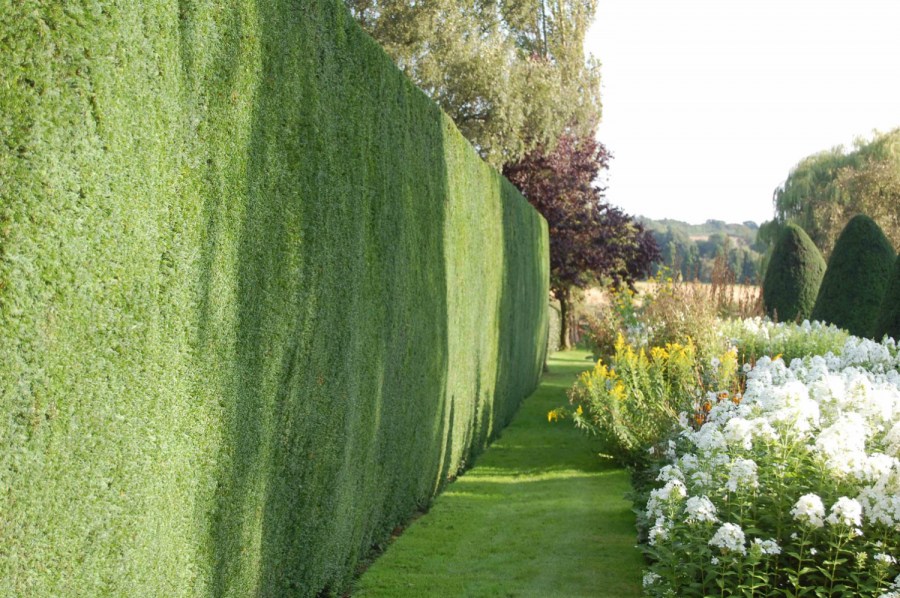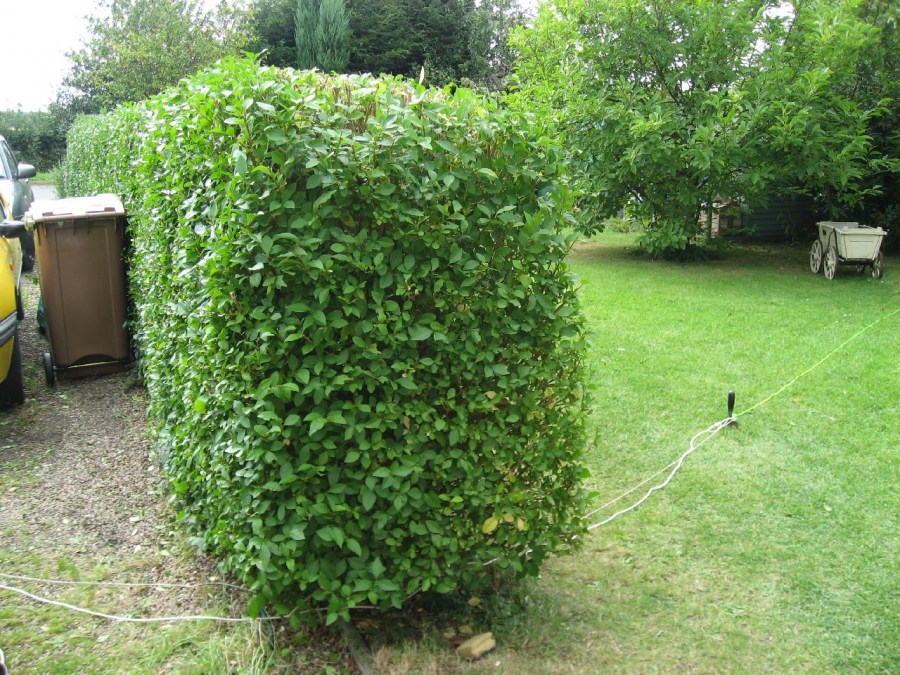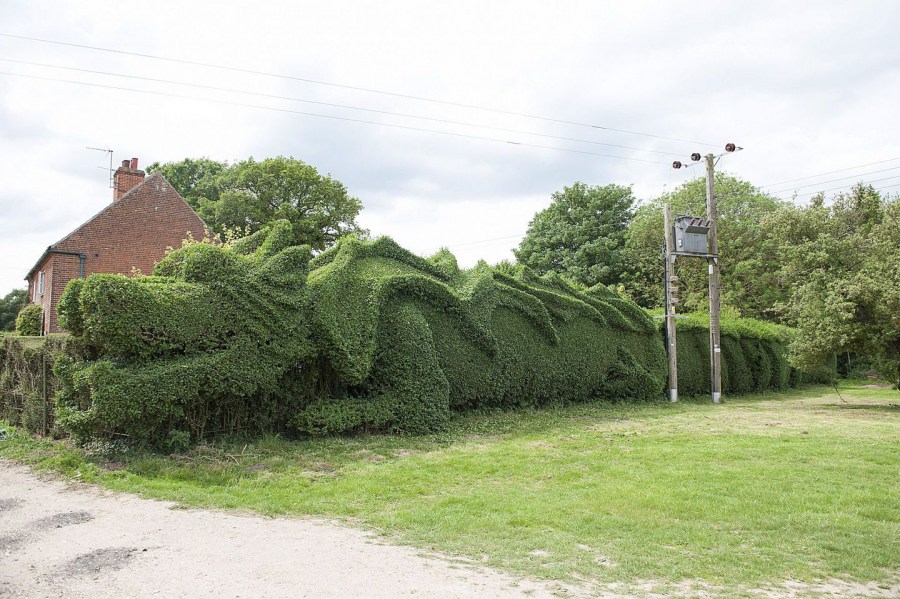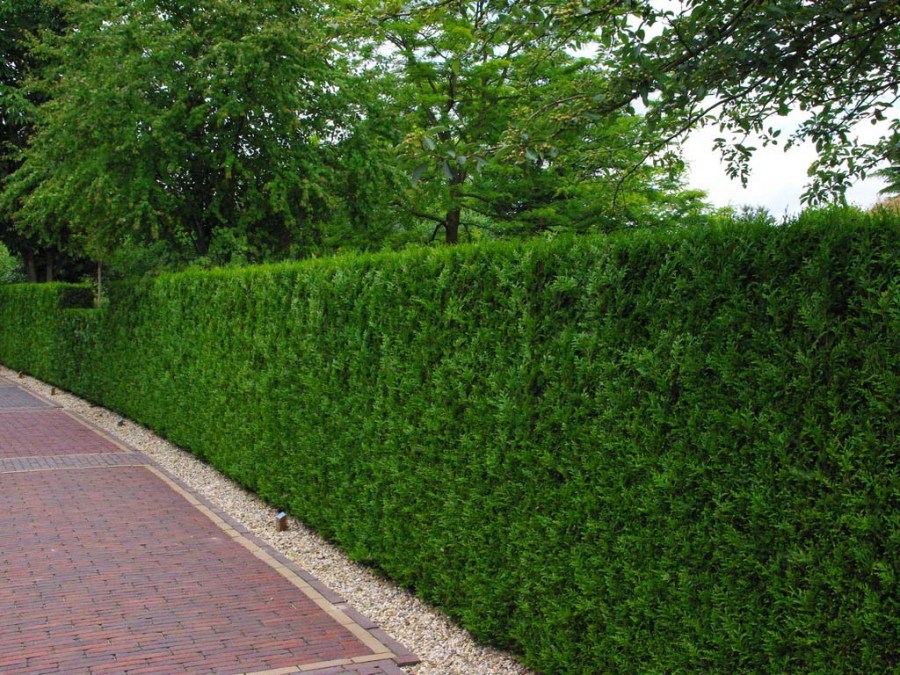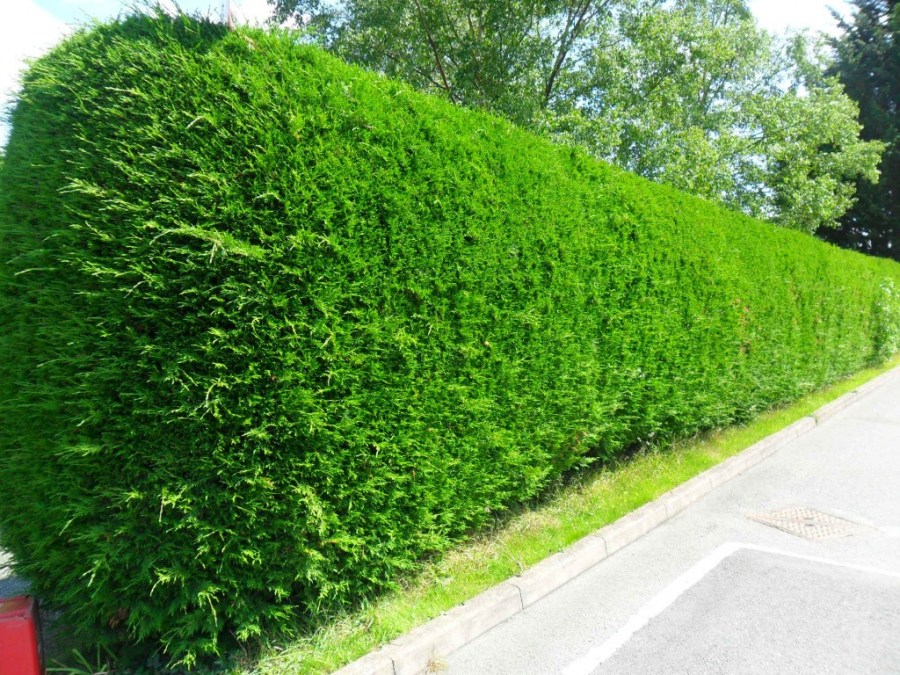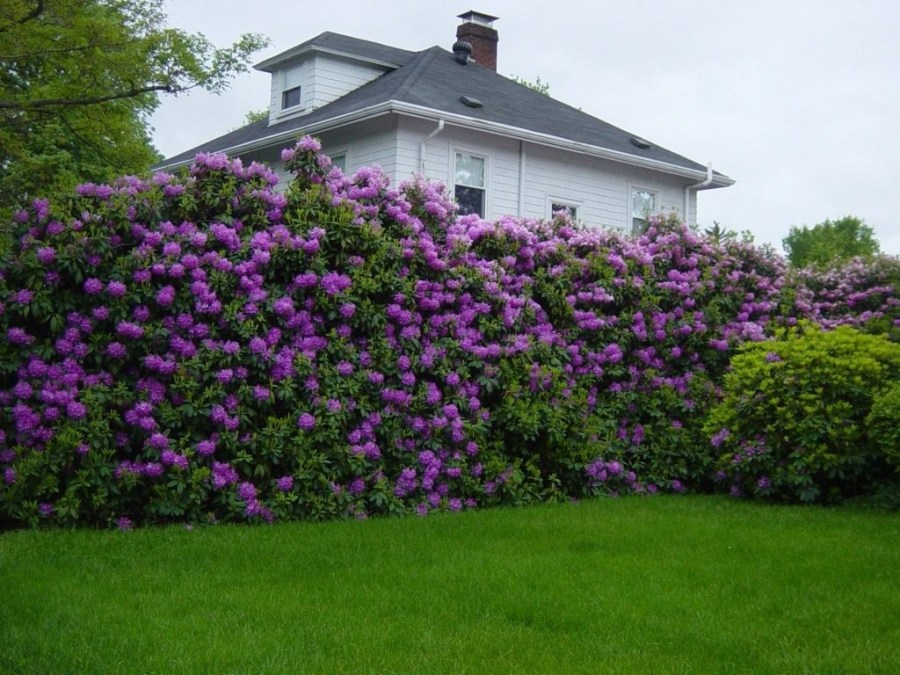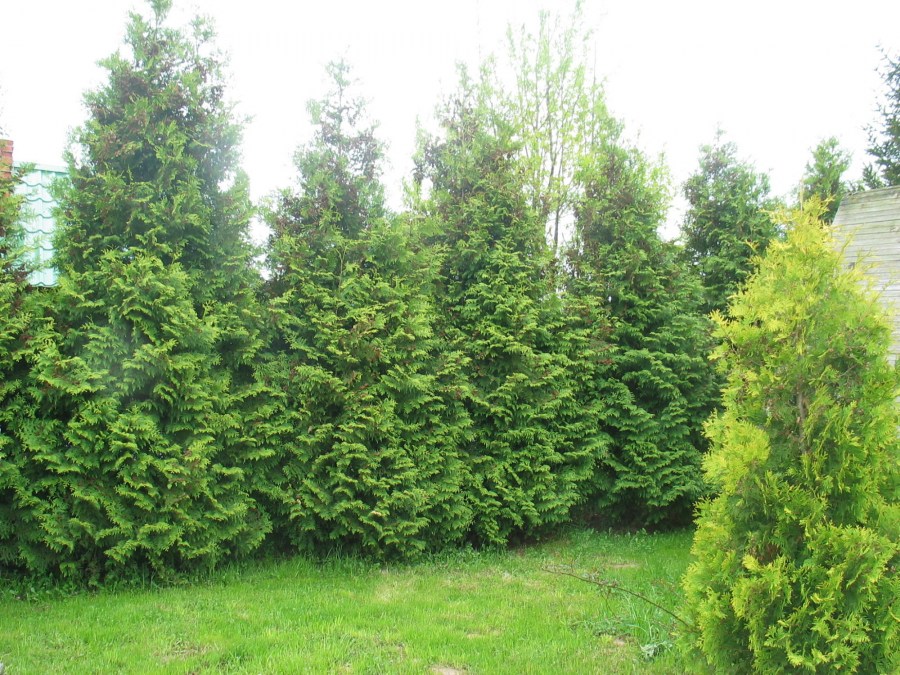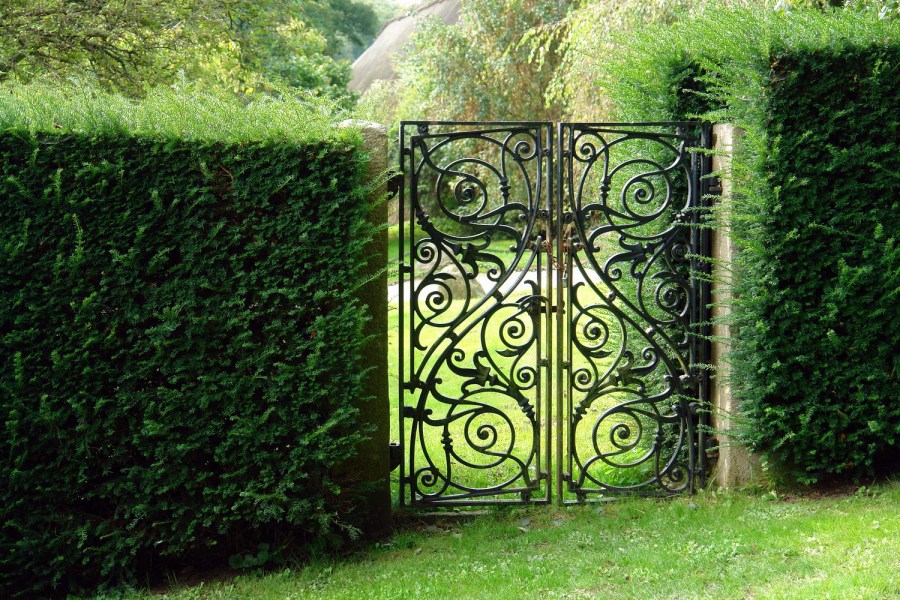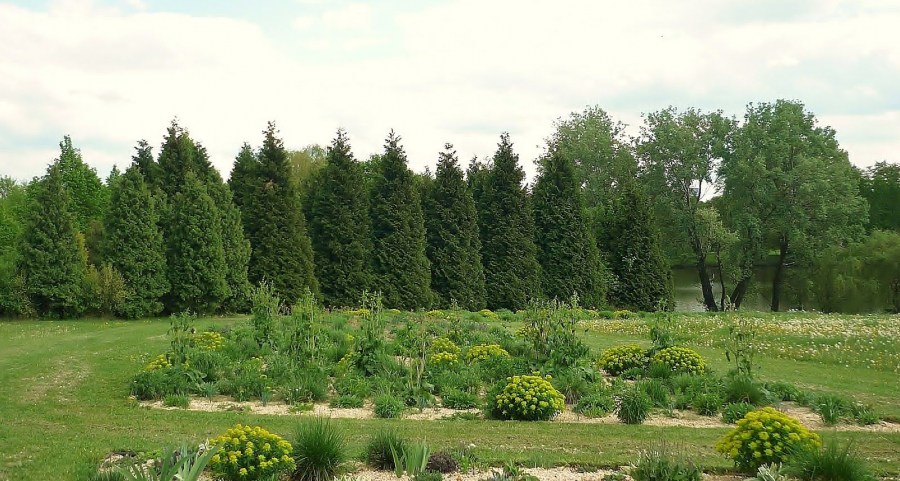Hedgerow - the best plants and images possible for a green fence (85 photos)
Each owner of a private house dreams of making his plot or lawn in front of the house the most beautiful and unique. People spare no effort, no money. Since ancient times, man began to use living fences, unique sculptures of various people and animals, and even build intricate labyrinths of incredible size. For this purpose, specially selected trees and shrubs were planted, again planted in a certain way. Pictures of hedges around the world are amazing in variety.
Today we look at green fences. Hedgerow will help not only to decorate the territory, but also to divide it into semantic zones. Therefore, landscape designers love various bushes for hedges. Let's take a closer look at the so-called eco-fence.
Hedge Destination
Planting hedges of various heights can perform many functions on the site. Low shrubs serve for decorative purposes and visually limit the path, flowerbed or lawn in front of the house.
Medium-sized ones can enclose a playground, which will save young children from running out onto the road. The same, they can partially trap dust.
The tall ones will hide you from the prying eyes of neighbors and passers-by. Well, the paramount task of the green fence is, of course, a beautiful view of your local area. Consider each view separately.
Low hedge
The best shrubs for such a hedge will be:
- juniper juniper;
- barberry;
- dwarf forms of jasmine.
They are great for decoration. Such plants form a dense wall and are not whimsical.
Middle hedge
Such a fence in the country will fit perfectly into the landscape of any site. Having a height of one and a half meters, will help to enclose the territory. The best shrubs for this hedge will be:
- fruit bearing;
- coniferous;
- blooming.
Sometimes a protective function is also laid in it, adding a rose hip or barberry.
High hedge
It grows under two meters and above. More often called the evergreen hedge, due to the use of spruce and fir. Such a fence will please the eye all year round. Also use berry shrubs or fruit trees, such as viburnum, berry apple tree.
Fast growing hedge
If you do not want to wait until five years for seedlings to grow, this is the option for you. Siberian hawthorn, derain, willow shrubs, all these shrubs in a year can grow from 50 to 100 centimeters.
Landing
Plants for hedges should be selected based on their preferences regarding the shape, height and purpose of the green fence. Having decided on the type of plants for hedges, we turn to the most important part, planting.
When planting, young shrubs and trees of about 4 years old are chosen. Crohn's seedlings should be uniform, the roots are not too dry. This will allow seedlings to take root in a new place.
The bookmark is carried out in dry soil in the spring, and frost-resistant plants can be planted in the fall. It is better to choose a place away from buildings. Planting distance must be selected for specific plants.
Choosing conifers, you need to consider the pits should be twice as large as the rhizome, and its bottom is fertilized with compost and silica. Having slightly condensed the earth after instillation, a small irrigation ridge is formed.
In deciduous trees, it is necessary to rinse the roots for several hours and prune long or damaged parts. When digging in, you should also fertilize the bottom and sprinkle with earth.Tall trees need to be strengthened with a stake that will support the tree attached to it.
Medium shrubs are placed in the wells and slightly compacted. For larger bushes, a trench is prepared with a depth of half a meter and a width of one meter, the bottom of which is mixed with fertilizers and slightly loosened.
After planting and watering, it will not be superfluous to sprinkle with peat or sawdust to retain moisture in the soil. Circumcision will also help plants take root better.
Shaping and cutting
To preserve the decorative shape of the hedge with a straight top, it must often be pruned. If there is no way to regularly trim the bushes, it is better to choose a triangular or round shape, for which rare haircuts do not greatly affect the shape.
In the year of planting, the shoots are significantly shortened, bought with a bare root in a bunch, can be cut in half. One third of the plants are cut in containers. This stimulates the growth of new shoots.
The next two years we are engaged in the correct formation of the hedge frame. Pruning should be repeated once or twice a month, all season. By this we achieve the density of the inner frame.
Having chosen the shape of the future hedge, each year we cut four centimeters higher than the previous time. As a result, new forks are formed and the growth of new shoots increases.
The next step is forcing. Pruning is done seven centimeters higher. Also cut side shoots. Cutting a couple of times a season, we achieve active growth and compaction of foliage. Further, it remains only to maintain the chosen form with a regular haircut.
Tools
Now consider the types of tools for the care of hedges. It all depends on financial capabilities. The market of garden tools is constantly updated with new types of electric and gasoline brush cutters. Each species has its pros and cons.
Electric ones can also be autonomous, with batteries, which increases their mobility. Being no less powerful than gasoline, they are much quieter and lighter. And with a large hedge, even the extra hundred grams will make themselves felt.
There are brush cutters and types of blades (a rotating mill and non-moving blades). Choose the tool that suits your type of fence. If it is low and narrow, it makes no sense to buy powerful gasoline brush cutters.
Hedgerows with all their laboriousness of execution are an excellent solution to the issue of landscaping the site. For a person just starting to get acquainted with landscape design, it will not just be right to choose and plant seedlings for the hedge.
It is important at the very beginning to weigh your capabilities and not overestimate your strength so that in the future you will not be disappointed with the result and not be upset by the time spent. But if you follow all the tips and learn small tricks, you get a really beautiful and perennial hedge.
Hedge Photo
Do-it-yourself splitter (120 photos) - instructions for a mechanical and electric splitter
How to equip a garage - internal and external design (135 photos)
Snow shovel for home: 65 photos of popular options
Lily of the valley flowers (100 photos) - types, varieties, description and recommendations for care
Join the discussion:
